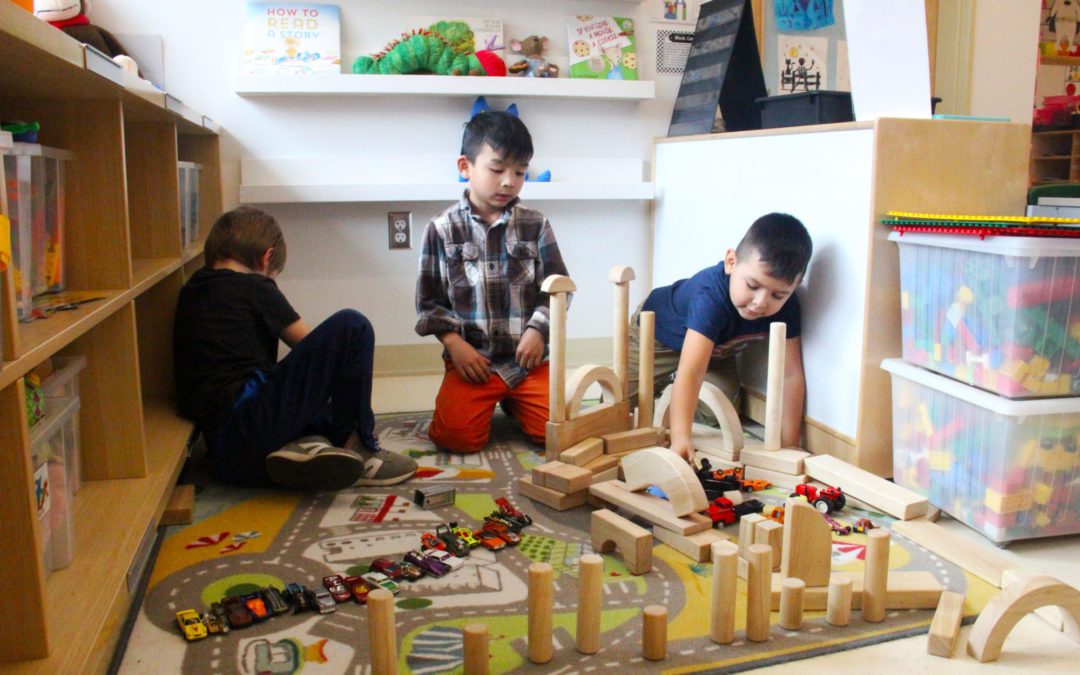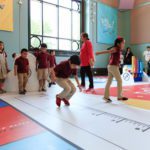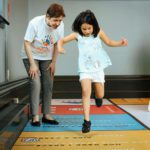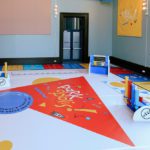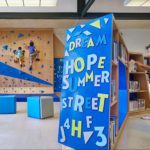from The Hechinger Report
by Jackie Mader
What if one of the answers to reducing inequality and addressing mental health concerns among young children is as simple as providing more opportunities to play? A growing body of research and several experts are making the case for play to boost the well-being of young children as the pandemic drags on—even as concerns over lost learning time and the pressure to catch kids up grow stronger.
Play is so powerful, according to a recent report by the LEGO Foundation, that it can be used as a possible intervention to close achievement gaps between children ages 3 to 6. The report looked at 26 studies of play from 18 countries. It found that in disadvantaged communities, including those in Bangladesh, Rwanda and Ethiopia, children showed significantly greater learning gains in literacy, motor and social-emotional development when attending child care centers that used a mix of instruction and free and guided play. That’s compared to children in centers with fewer opportunities to play, especially in child-led activities, or that placed a greater emphasis on rote learning. This is important, the report’s authors noted, as it shows free and guided play opportunities are possible even in settings where resources may be scarce. “Play can exist everywhere,” said Bo Stjerne Thomsen, chair of Learning Through Play at the LEGO Foundation. “It’s the experience. Testing and trying out new ideas…It’s really about the state of mind you’re in while playing.”

